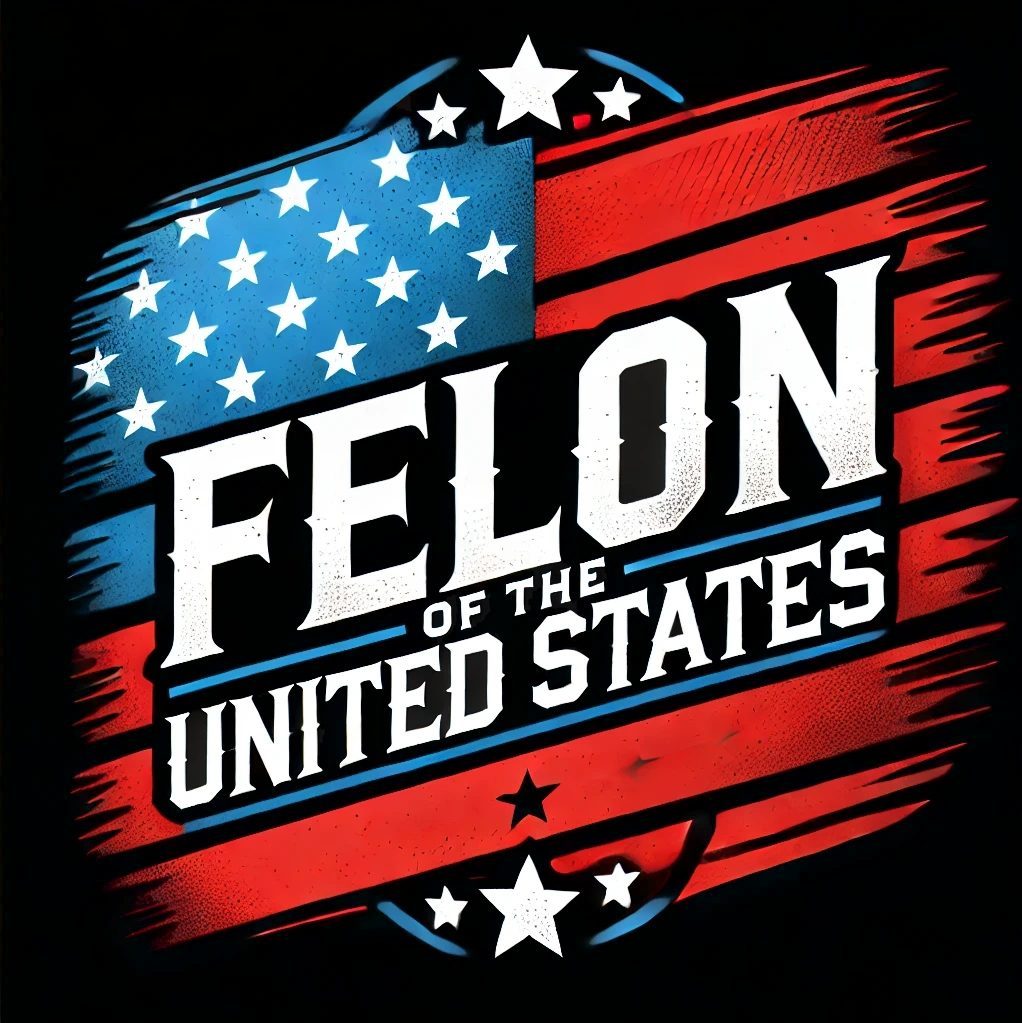Election Fundraising Fraud Allegations
Overview
Following the 2020 U.S. presidential election, Donald Trump and his campaign raised over $250 million under the banner of the “Official Election Defense Fund,” promising to fund legal efforts to contest the election results. However, multiple investigations have revealed that the vast majority of those funds were not used for litigation, prompting serious allegations of fraudulent fundraising and donor deception.
Key Allegations
1. False Representation of Fund Use
-
Donors were led to believe their contributions would fund legal challenges to alleged voter fraud.
-
Investigators found that very little of the $250 million went to actual litigation.
-
The “Election Defense Fund” never formally existed as a legal entity.
2. Redirection to Save America PAC
-
A large portion of the funds was diverted to Save America PAC, a political action committee formed by Trump after the election.
-
That PAC spent heavily on:
-
Event expenses
-
Travel and consulting fees
-
Advertising and salaries
— not legal costs related to the election.
-
3. Personal and Political Use
-
Reports suggest some funds were used for personal benefit, including travel, legal bills unrelated to the election, and support of political allies.
4. Potential Wire Fraud
-
These actions have prompted a federal wire fraud investigation, based on whether donors were intentionally misled.
-
The U.S. Department of Justice continues to examine whether the fundraising tactics violated federal laws on fraud and misrepresentation.
Legal Ramifications and Campaign Impact
If evidence confirms intentional donor deception, Trump and campaign officials could face:
-
Federal fraud charges
-
Fines and restitution orders
-
Increased scrutiny of political PAC operations
Legal analysts have noted this could set a new precedent for how campaign fundraising fraud is prosecuted in the digital age.
Status of Investigations (As of March 2025)
-
The DOJ’s investigation remains ongoing, with no indictments filed as of March 2025.
-
Subpoenas have been issued to former campaign officials and Save America PAC staff.
-
Investigators are closely reviewing email marketing content, donation processing records, and internal strategy documents.
Broader Implications
This case has become a flashpoint for political fundraising ethics. It raises urgent questions:
-
Should PACs face stricter transparency requirements?
-
How can voters and donors verify how their contributions are used?
-
Will this trigger reform legislation to curb political fundraising abuse?
A February 2025 op-ed in The Washington Post called the situation a “test case” for future campaign finance laws. Meanwhile, advocacy groups continue pushing for greater donor protections and regulatory oversight.
